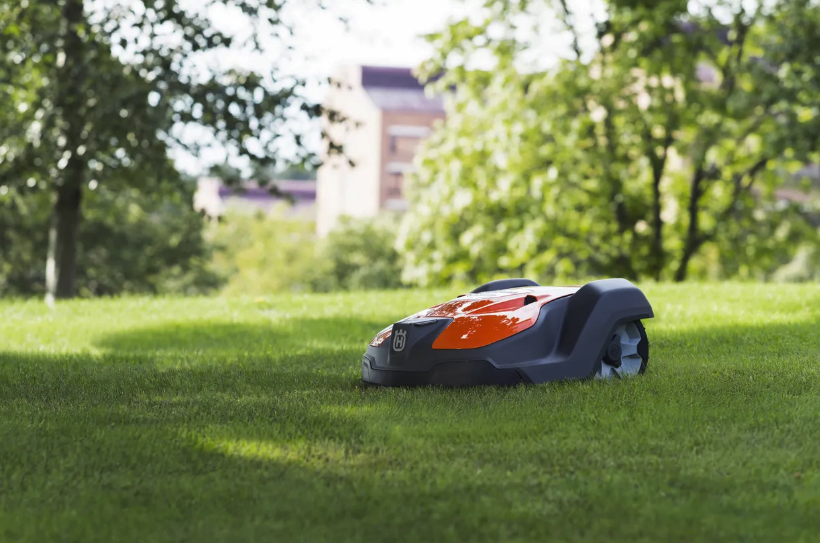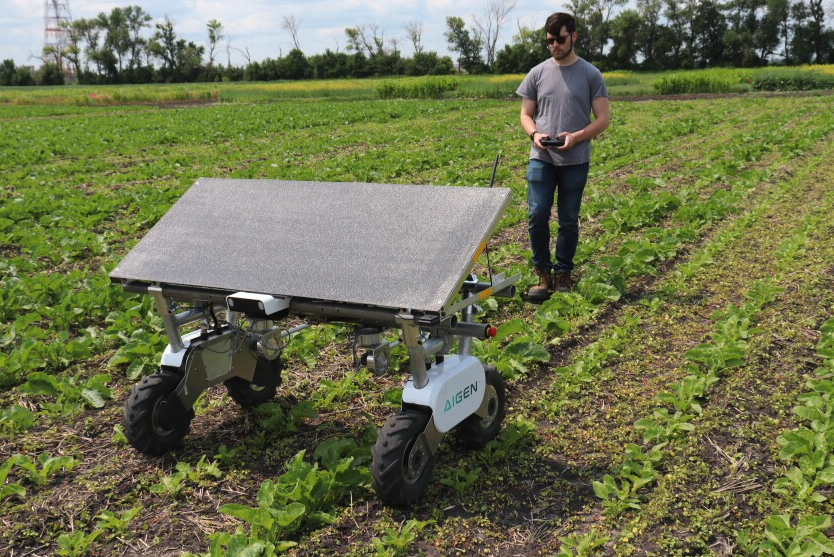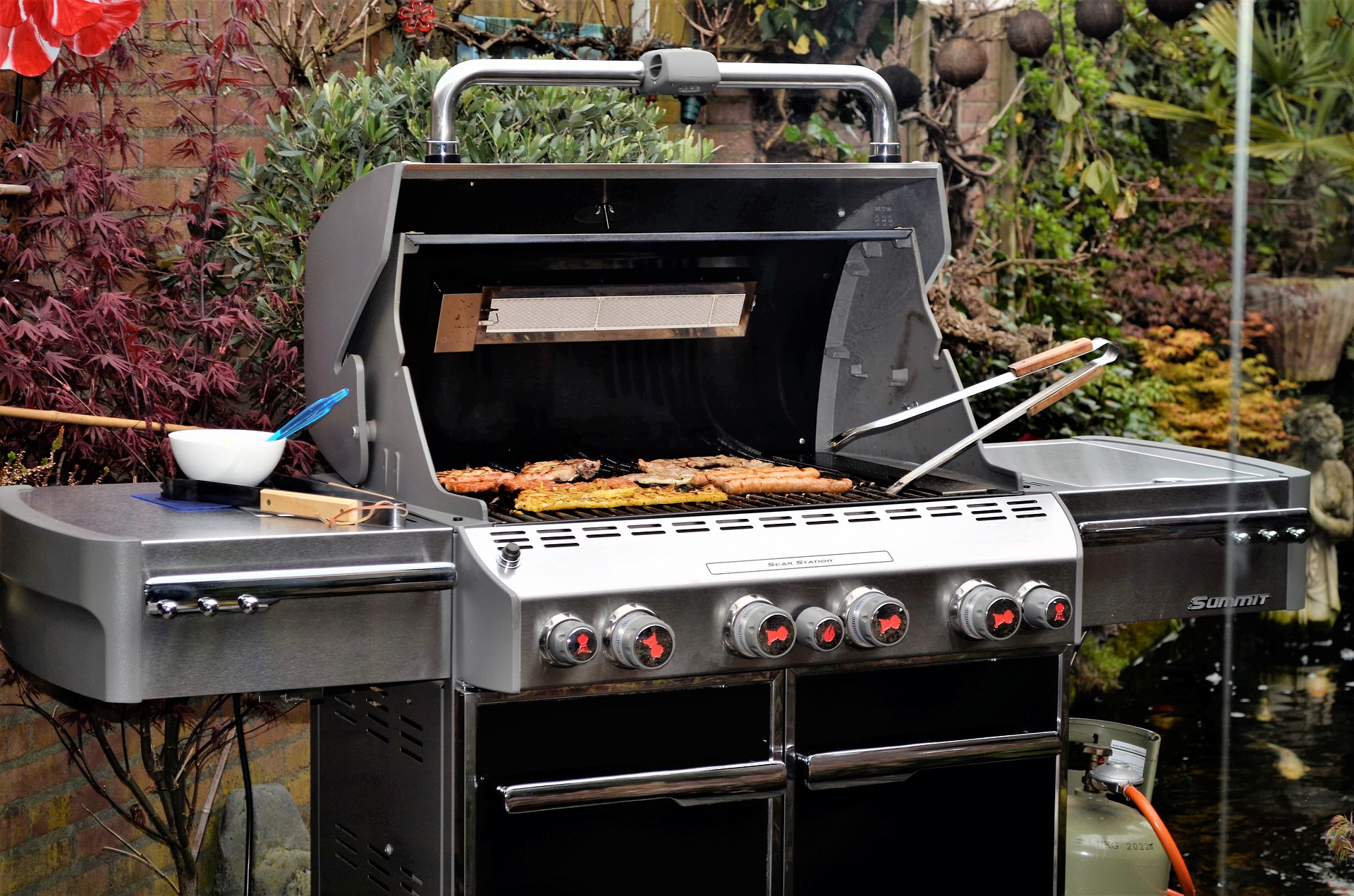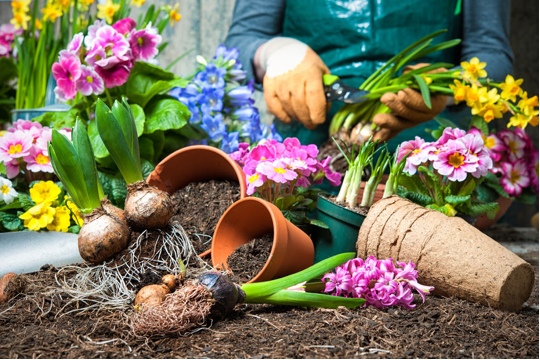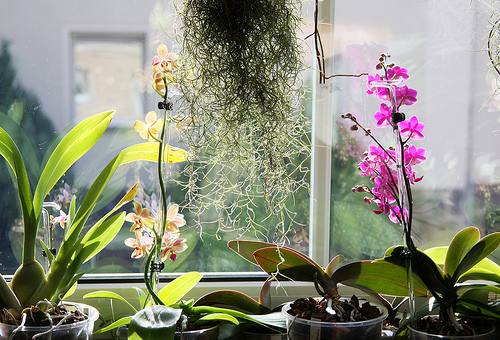How Motorized Tools Are Changing the Future of Landscaping and Gardening
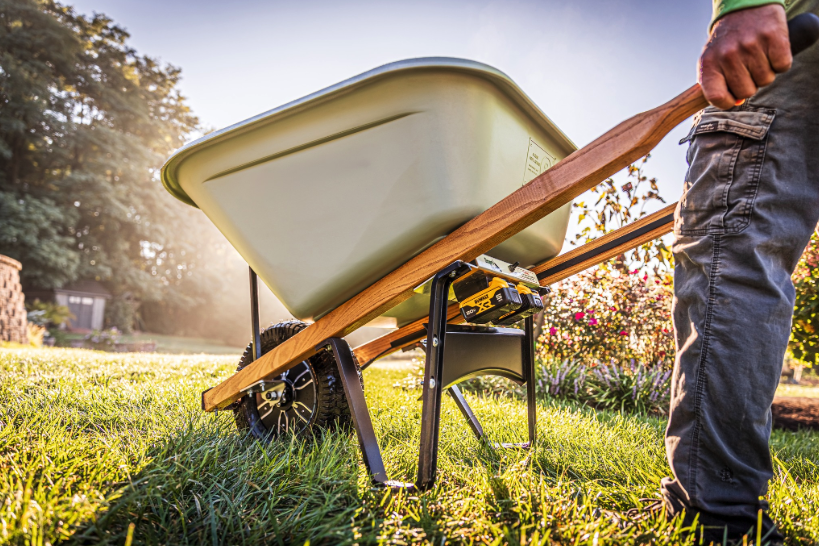
Advances in motorized tools are transforming the way people approach landscaping and gardening!
Traditional manual labor, once considered essential for tasks like moving soil, trimming hedges, or maintaining extensive gardens, is increasingly being supplemented with efficient, powered solutions. These innovations allow gardeners and landscapers to complete tasks faster, reduce physical strain, and focus more on creative and design aspects rather than purely labor-intensive work.
Among these developments, devices like a power wheelbarrow kit make heavy-duty material transport significantly easier. By converting standard wheelbarrows into motorized versions, these kits help move soil, mulch, and plants with minimal effort, saving time and energy. As technology advances, such tools will likely play an even larger role in shaping modern outdoor maintenance practices.
The Rise of Robotic Lawn Mowers
Robotic lawn mowers have quickly grown from a novelty to a mainstream solution for maintaining pristine lawns with minimal effort. Using sophisticated sensors and programming, these autonomous machines can navigate intricate garden layouts, avoid obstacles, and deliver precise, uniform cuts every time. Their ability to quietly tend gardens is spurring the adoption of robotic mowers, making them a particularly attractive option for neighborhoods with sound restrictions and environmentally conscious users seeking to cut down on emissions and fuel consumption.
Battery-Powered Equipment: A Sustainable Shift
Traditional gas-powered tools have long dominated garden sheds, but a growing demand for environmentally friendly alternatives is fueling the rise of battery-powered equipment. Modern lithium-ion batteries deliver robust, consistent performance and faster recharging, enabling devices like hedge trimmers, chainsaws, blowers, and mowers to rival or surpass their gas-powered predecessors. These tools significantly reduce operational noise and eliminate direct emissions, fostering a quieter and healthier environment for users and neighbors. Furthermore, the reduction in maintenance—no oil changes or fuel mixing required—means both time and cost savings over the tool’s life.
AI and Machine Learning in Garden Planning
Artificial Intelligence is quickly transforming garden planning and management. AI platforms analyze weather, soil, plant health, and pests to recommend planting layouts, care schedules, and crop choices. Gardeners and landscapers use these insights to promote healthy growth with fewer resources. Machine learning in smart devices like robotic mowers and irrigation systems adapts based on data, boosting efficiency and sustainability. By leveraging this precision, landscapers can move from manual tasks to managing sophisticated systems. With AI-powered solutions, they can monitor in real-time, predict maintenance needs, and stay ahead of plant requirements, which reduces the risk of crop failure and boosts yields.
Smart Irrigation Systems: Water Conservation at Its Best
Water scarcity has placed immense pressure on gardeners to use every drop efficiently. Smart irrigation systems are answering this challenge by employing sensors and cloud-based controls to deliver water exactly when and where it’s needed. Many systems now integrate with regional weather data and onsite soil moisture readings to eliminate overwatering and prevent plant stress. These automated solutions can adjust in real time, ensuring optimal hydration levels for lawns, flower beds, and crops alike. As a result, homeowners and landscaping professionals are witnessing significant savings on water bills and a reduction in waste, making smart irrigation a cornerstone of any sustainable garden strategy.
Autonomous Weed Control: Precision and Efficiency
Autonomous weed control robots are poised to make widespread herbicide use—and the labor-intensive process of manual weeding—a thing of the past. Machine vision combined with deep learning enables these robots to distinguish between desirable crops and invasive weeds with remarkable accuracy. Targeted applications of mechanical or chemical treatments reduce collateral impact on surrounding vegetation and minimize chemical usage. For large-scale operations and home gardens alike, this translates into environmental savings and healthier soils—an important step forward for organic gardening practices.
Integration of Drones in Landscaping
Drones are quickly becoming indispensable tools in the landscaping and gardening toolbox. Drone technology allows professionals to map properties, assess plant health from the air, and pinpoint areas requiring intervention—all in a fraction of the time manual inspections require. With aerial imagery and data analytics, landscapers can develop precision plans for planting, irrigation, and maintenance. In larger gardens and agricultural settings, drones have even been enlisted for tasks like precise pesticide application and direct seeding, maximizing efficiency in otherwise labor-intensive processes.
Conclusion
Motorized tools, from power wheelbarrow kits and robotic mowers to smart irrigation and weed control systems, are setting new benchmarks for efficiency, sustainability, and accessibility in landscaping and gardening. These advances don’t merely make life easier—they herald a future where green spaces are managed thoughtfully, resources are used wisely, and innovative solutions contribute to beautiful, healthy environments. As the industry continues to evolve, those ready to embrace these changes will be ideally placed to cultivate landscapes that flourish in every sense of the word.


